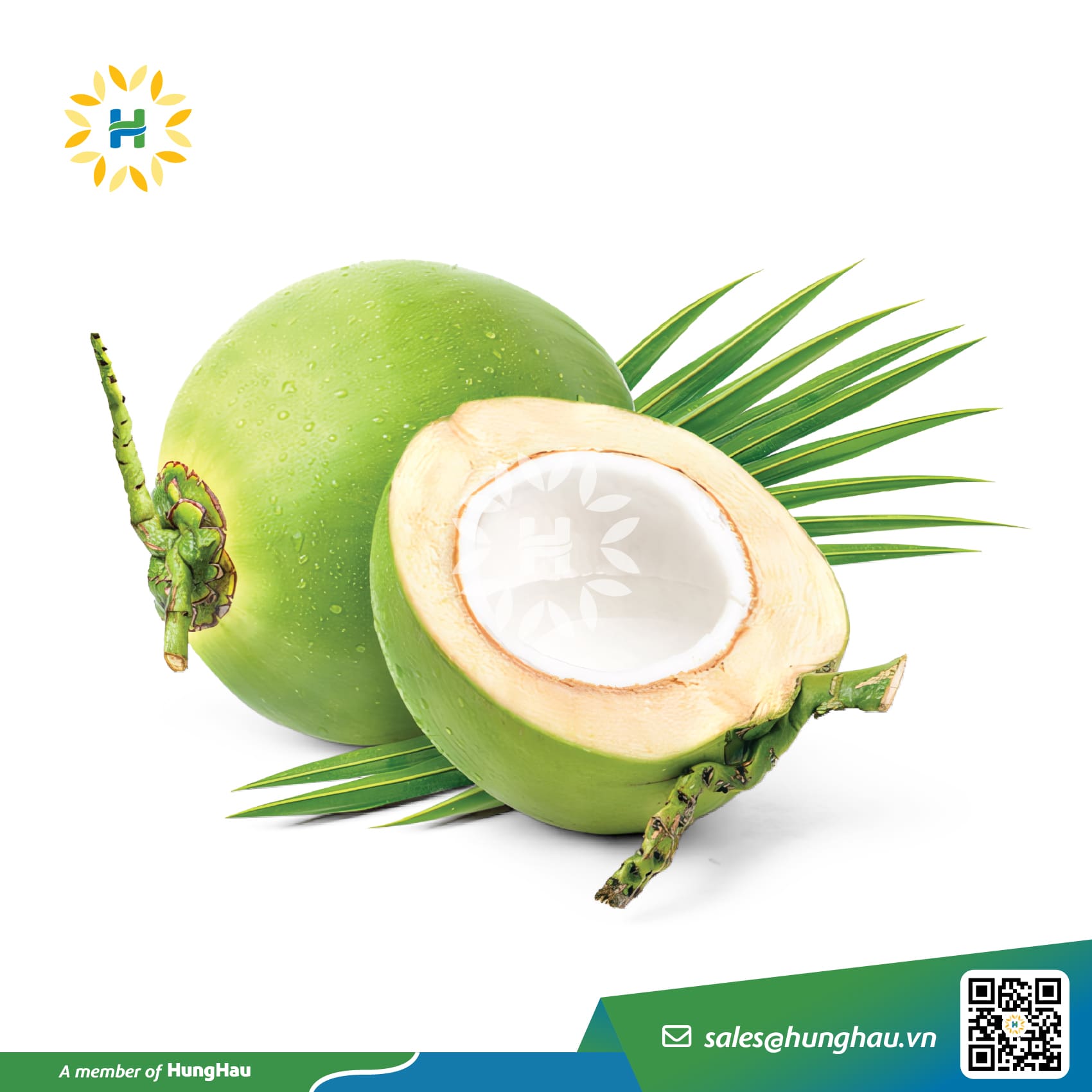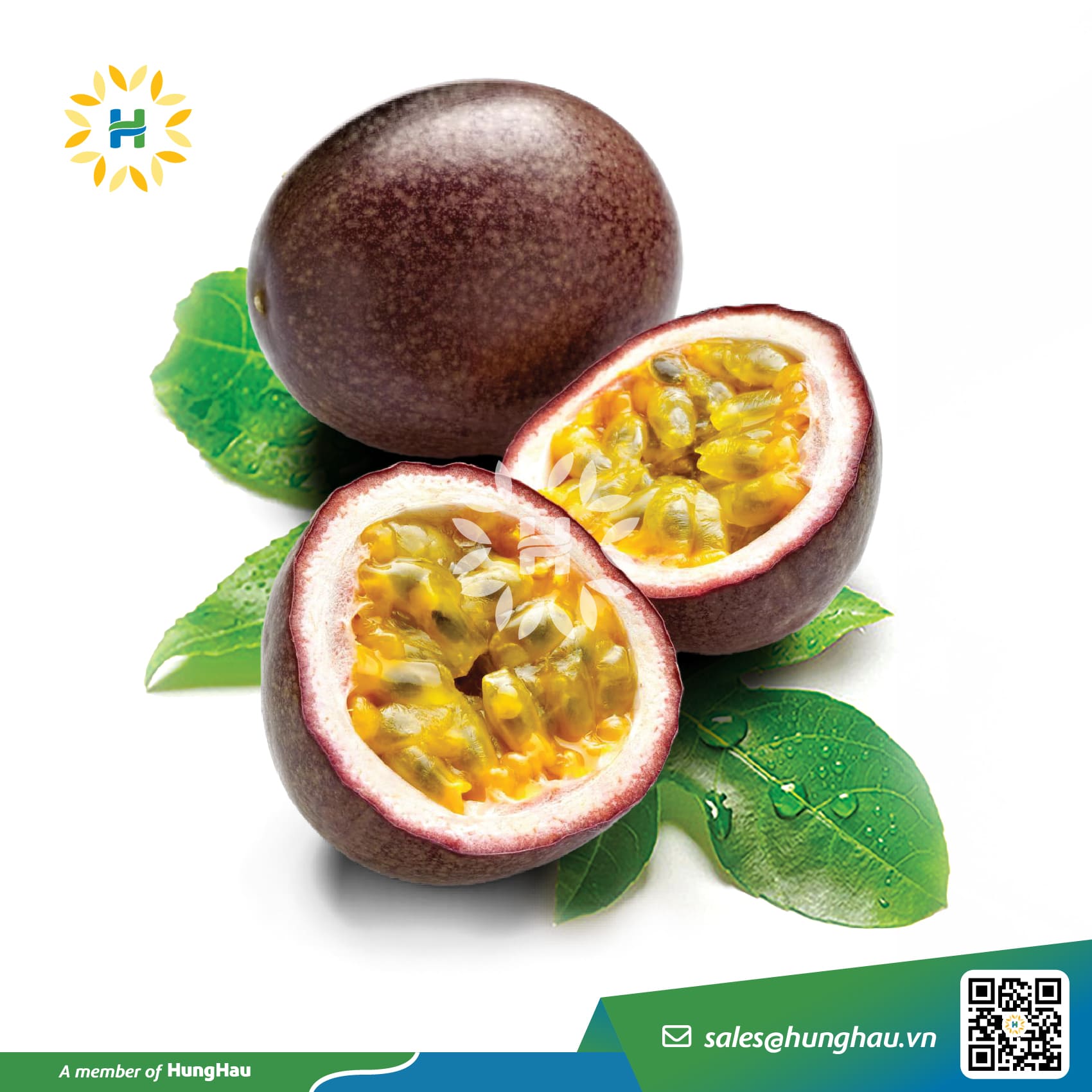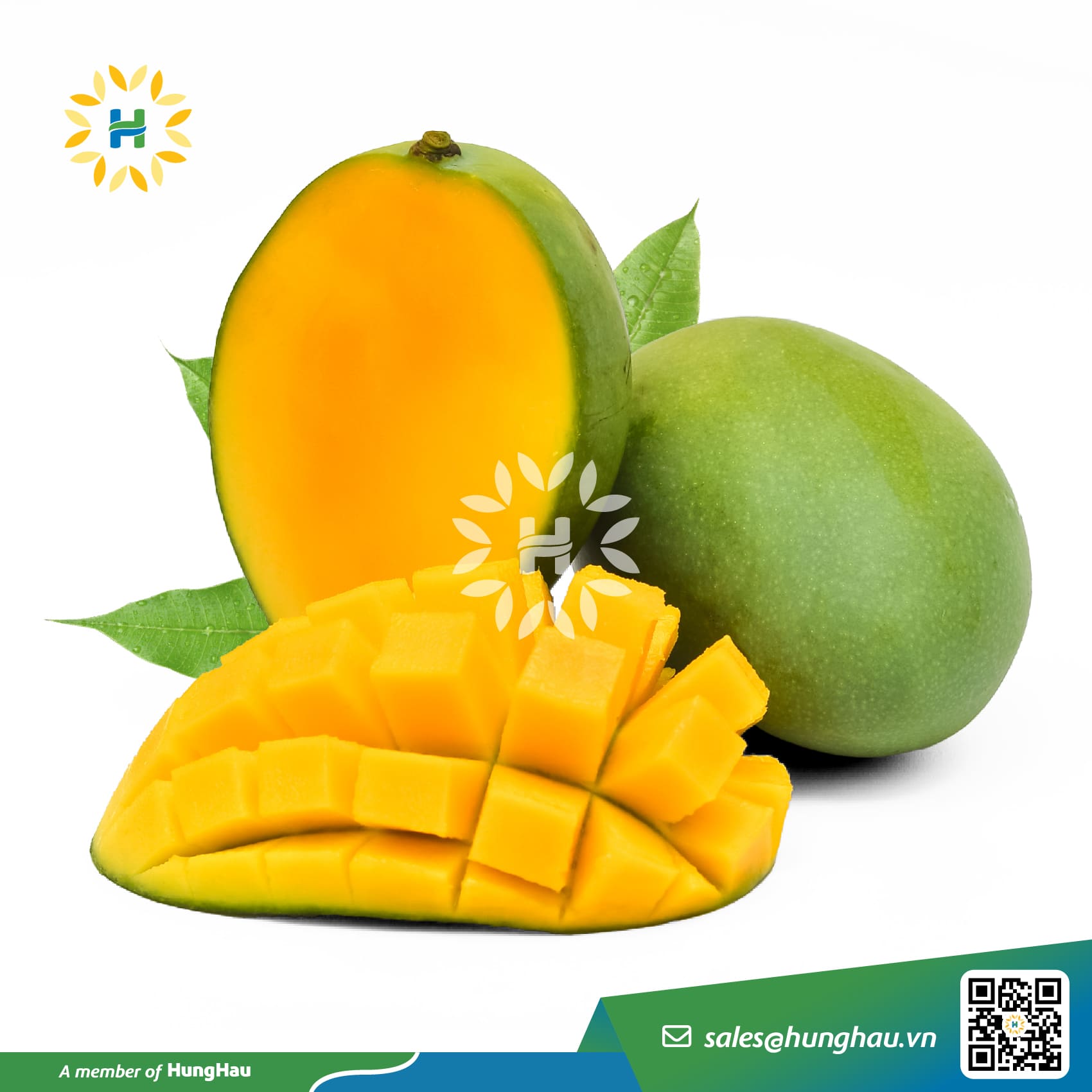Fresh Passion Fruit
| Variety | Cavendish Banana |
| Supply Season | November to March |
| Origin | Vietnam |
Passion Fruit – A Tropical Superfruit Packed with Nutrition and Health Benefits
1. Introduction to Passion Fruit
Passion fruit (also known as chanh leo in Vietnamese) comes from the Passiflora plant, belonging to the passionflower family. This fruit has a tough outer rind that protects the juicy pulp and seeds inside. Depending on the variety, passion fruits differ in size and color, with the two most common types being:
-
Passiflora edulis: Small, round or oval fruit with a deep purple skin.
-
Passiflora flavicarpa: Larger, round or oval fruit with a bright yellow skin.
Although native to tropical regions, passion fruit also thrives in subtropical climates. Today, it is cultivated widely across the world — from Asia and Europe to Australia and the Americas.
2. Nutritional Value of Passion Fruit
Passion fruit is considered a natural nutritional treasure, rich in fiber, vitamins, and essential minerals. A single purple passion fruit (about 17 calories) typically contains:
-
Fiber: 2g
-
Vitamin C: 9% of the Daily Value (DV)
-
Vitamin A: 8% DV
-
Iron: 2% DV
-
Potassium: 2% DV
Despite its small size, passion fruit offers an impressive nutrient profile. In addition to vitamins C and A, it contains a high concentration of carotenoids and polyphenols — plant compounds known for their strong antioxidant properties that help protect the body’s cells.
Research shows that passion fruit has a higher polyphenol content compared to other tropical fruits like mango, lychee, papaya, or pineapple. Moreover, it provides a small but valuable amount of iron, and thanks to its rich vitamin C content, the body can absorb this iron more efficiently.
3. A Delicious and Nutritious Everyday Fruit
Passion fruit is not only fragrant and flavorful but also a powerhouse of nutrients that support overall health. With its naturally sweet-tart taste and high antioxidant levels, passion fruit deserves a place in your daily diet — as a refreshing juice, a dessert topping, or simply enjoyed fresh from the fruit.






